An Expert Report on the State of South African Red Wine in 2025:
A Curated Selection of Award-Winning Vintages from Vinty
Introduction: A New Dawn for South African Reds
The year 2025 marks a new milestone for the South African wine industry, a period defined by a confident maturity and a dual identity that has become its greatest strength on the global stage.[1] For decades, the narrative was one of potential; today, it is one of profound achievement. The nation’s winemakers are crafting red wines of exceptional quality that command the attention of serious collectors while simultaneously producing bottles of remarkable character and value that outperform their price points.[1] This dynamic landscape is invigorated by what industry reports describe as a bumper 2025 vintage, characterized by outstanding quality, remarkable acidity, deep colour, and sophisticated tannin development, heralding a new era for the country’s red wines.[1]
This report serves as a curated guide to this exciting and multifaceted market. It navigates the historical currents, key terroirs, and pioneering figures that have shaped the industry’s modern identity. The analysis is anchored by a selection of decorated red wines available through the online platform Vinty, offering a direct path from insight to experience. The structure of the South African market reveals a sophisticated strategy: the nation is no longer competing solely on affordability but is asserting its quality at the premium end while leveraging its proven ability to over-deliver on value. This approach allows South Africa to transcend its historical reputation as a source of merely “cheap and cheerful” wine, capturing the discerning collector and the value-conscious enthusiast alike. The wines featured herein serve as case studies of this successful market bifurcation, from cellar-worthy gems to accessible champions of quality.[2, 1, 3]
To provide a clear roadmap for the analysis that follows, the featured award-winning red wines available from Vinty are summarized below. This selection showcases the breadth and depth of quality in the current market, from South Africa’s signature grape to classic international blends and unique, terroir-driven varietals.
| Wine Name & Vintage | Producer / Brand | Region | Key Varietal(s) | Notable Award / Accolade |
|---|---|---|---|---|
| ‘The Original’ Pinotage 2023 | Diemersfontein | Wellington | Pinotage | Trophy at SA Young Wine Show (Maiden Vintage); Multiple Gold & Double Gold medals (Michelangelo, CWSA)[4, 5] |
| Pinotage 2018 | Asara Wine Estate | Stellenbosch | Pinotage | Tagged “Award-winning” on Vinty; part of an estate with extensive awards (e.g., Best SA Wine at HKIWSC for 2017 vintage)[6, 7] |
| Terroir Syrah 2022 | Survivor Wines | Swartland | Syrah / Shiraz | Top 12 Winner at the 2024 SA Shiraz Challenge[8, 9] |
| Steenkamp Cab Sauv / Merlot 2018 | Groenland Estate | Stellenbosch | Cabernet Sauvignon, Merlot | Limited release from the “four best barrels in the cellar”; Tagged “Award-winning”[10] |
| Tinta Barocca 2018 | Vinty Collection | Swartland | Tinta Barocca | Rated 93 points by a renowned critic under its previous label[11] |
Part I: The Heart of the Matter – South Africa’s Signature Grape
The story of South African wine is inextricably linked with the journey of its signature red grape, Pinotage. Its trajectory—from a novel academic experiment to a commercially maligned varietal and, finally, to a celebrated national icon—serves as a powerful microcosm of the South African wine industry itself. This narrative is one of bold innovation, prolonged isolation, deep struggle, and a triumphant re-emergence onto the world stage, driven by resilience and a collective commitment to quality.
Pinotage: From Maligned to Celebrated
The Genesis
The story of Pinotage begins on 17 November 1924, in the garden of Professor Abraham Izak Perold at the Welgevallen Experimental Farm of Stellenbosch University.[12, 13] A brilliant and well-travelled academic who was the university’s first Professor of Viticulture, Perold sought to create a uniquely South African grape.[14, 15] His vision was to combine the noble, complex flavours of Pinot Noir with the hardiness, disease resistance, and high-yielding potential of Cinsaut, which was then known locally as Hermitage.[16, 17, 18] Using a simple technique of “open-air hybridisation,” he crossed the two parent vines, an act that produced just four seeds, which he planted in his garden in 1925.[19, 13]
The experiment was nearly lost to history. In 1927, Perold left the university for a position at the KWV cooperative and seemingly forgot about the seedlings.[13, 15] The garden at his former residence became overgrown, and a university clean-up crew was dispatched to clear it.[19, 16] In a moment of incredible serendipity, a young lecturer, Dr. Charlie Niehaus, who knew of Perold’s work, happened to cycle past just as the team was about to uproot the plants. He rescued the four nascent vines, saving them from oblivion.[12, 16, 13] The seedlings were subsequently replanted and grafted onto rootstock at Elsenburg Agricultural College by Perold’s successor, CJ Theron.[19, 16] It was during a later visit by Perold to see the grafted vines that the name “Pinotage” was coined—a portmanteau of its parent grapes, Pinot and Hermitage.[20, 13] Tragically, Perold would never taste the wine made from his creation. The first barrel of Pinotage was vinified in 1941 by another lecturer, Charl Theron de Waal, the same year Perold died of a heart attack.[12, 20, 14]
Commercial Dawn and Early Acclaim
Pinotage’s journey toward commercial success began in the 1950s. In 1953, P.K. Morkel of Bellevue Wine Estate in Stellenbosch planted one of the first commercial Pinotage vineyards, a bold move for an unknown local crossing.[14, 21] This leap of faith was spectacularly vindicated in 1959 when Morkel’s handcrafted 1959 vintage of Pinotage was named the champion wine at the prestigious South African Young Wine Show, winning the General Smuts Trophy.[19, 14, 21, 22] This award was the coronation the grape needed. The prize-winning wine was sold in bulk to Stellenbosch Farmer’s Winery (SFW), which bottled it under their Lanzerac label in 1961.[14, 17, 15] This marked the first time the name “Pinotage” appeared on a commercial wine label, and its success prompted a wave of plantings across the Cape Winelands throughout the 1960s.[19, 14]
The Years of Disrepute
Despite its early local success, Pinotage’s international reputation soon suffered a devastating blow. In the 1970s, a visiting group of British Masters of Wine delivered a damning verdict on the varietal, criticizing its often-present “acetone-like quality” and describing it as rustic and “rubbery”.[23, 13, 24] This negative assessment, combined with a tendency for over-enthusiastic planting and high yields, led to the production of many inferior wines.[25, 26] The grape became associated with cheap, mass-produced blends, and its reputation plummeted.[25] Many producers, discouraged by the criticism and the grape’s difficult nature in the cellar, uprooted large swathes of Pinotage vines in favour of more internationally recognized varieties like Cabernet Sauvignon.[19, 26]
The Modern Renaissance
The fortunes of Pinotage began to turn in the early 1990s, catalyzed by the end of Apartheid and the opening of international markets.[19] A pivotal moment was the formation of the Pinotage Association in 1995 by a group of dedicated producers, including figures like Beyers Truter, who became known as “Mr. Pinotage”.[12, 20, 27] The association spearheaded a concerted effort to rehabilitate the grape’s image through rigorous research into clones, vineyard management, and winemaking techniques.[26, 22] They championed quality over quantity, encouraging lower yields and careful vinification to bring out the grape’s best characteristics.[18]
This push for quality was bolstered by initiatives like the Absa Top 10 Pinotage competition, which was established in 1997 to identify and celebrate the country’s best expressions of the varietal.[12, 19, 26] These efforts led to a dramatic “premiumisation” of the grape.[22] Winemakers learned to manage its tannins and avoid the negative characteristics that had plagued its past, instead crafting wines that showcased its unique profile of rich, smoky, and earthy flavours with notes of dark fruit and spice.[19, 28] The turnaround was so complete that by 1997, Pinotage commanded higher prices than any other South African grape, a remarkable reversal that cemented its status as a national icon and a symbol of the industry’s capacity for reinvention.[20, 19] Today, it accounts for around 7% of the Cape’s vineyards and is a required component (30-70%) in the uniquely South African “Cape Blend” category.[19, 15]
Part II: Portraits of Excellence – Award-Winning Producers on Vinty
The revival of South Africa’s wine reputation was not an abstract phenomenon; it was driven by specific estates and visionary winemakers who dedicated themselves to quality. The following profiles explore three such producers whose award-winning red wines are featured on the Vinty platform, each offering a distinct expression of terroir and philosophy.
Diemersfontein: The Pioneer of Coffee Pinotage (Wellington)
Estate Profile
Nestled in the heart of Wellington, a region known for its dramatic mountain backdrops and warm climate, Diemersfontein Wine & Country Estate has been under the stewardship of the Sonnenberg family for three generations, since 1942.[29, 30] Initially a family retreat, it was transformed into a modern wine-producing enterprise when David Sonnenberg built a cellar on the property in 2000.[31, 4] The estate’s winemaking philosophy is centred on producing wines that are authentic expressions of their terroir and the inherent character of the grape varietals they cultivate.[32]
The “Coffee” Phenomenon
Diemersfontein is globally recognized for pioneering an entirely new and commercially successful style of Pinotage. The “accidental” birth of the iconic Coffee/Chocolate Pinotage occurred with the maiden 2001 vintage, crafted by the estate’s first winemaker, Bertus ‘Starbucks’ Fourie.[33, 31, 24] This unique and polarizing style—described by David Sonnenberg as being “like Marmite, either you love it or you hate it”—was not the result of additives but of a specific oaking regime involving heavily toasted oak staves that imparted intense mocha and espresso notes to the wine.[31, 24] The style was an immediate sensation. The 2001 vintage won the prestigious Paul Sauer Trophy at the SA Young Wine Show, and its overwhelming success spawned an entire category of wine, with more than a dozen other wineries attempting to emulate the style.[31, 34, 4] This innovation created a new entry point for younger consumers and those who preferred a bolder, more accessible red wine profile, fundamentally expanding the market for Pinotage.[24]
Featured Wine: Diemersfontein ‘The Original’ Pinotage 2023
Tasting Notes: This wine remains the benchmark for the coffee style. It is a bold, smooth, and indulgent red that pours with a deep, rich colour. The nose is an intense and powerful bouquet of freshly brewed espresso, rich dark chocolate, baked plums, and a subtle hint of mint. These aromas translate directly onto the palate, which is defined by distinct layers of mocha and coffee. The texture is full-bodied and silky, supported by smooth, velvety tannins that lead into a long, warming, and gently spiced finish.[35, 36]
Awards & Accolades: The Diemersfontein ‘Original’ Pinotage has a prolific and consistent history of excellence. The maiden vintage set a high bar with its trophy win, and subsequent vintages have continued to garner significant awards.[31, 4] The wine is a regular recipient of Gold and Double Gold medals at major competitions, including the Michelangelo International Wine & Spirits Awards and the CWSA (China Wine & Spirits Awards).[37, 5] The 2023 vintage earned an impressive 90/100 score from critic James Suckling, who praised its “smoky, rich” character and notes of “sage, roasted black fruit, toast and vanilla bean”.[5]
Food Pairing: While its robust structure makes it a fine partner for rich lamb casseroles and gentle Malay curries, the wine’s pronounced coffee and chocolate profile finds its ultimate companion in decadent chocolate-based desserts. Pairings such as a molten chocolate lava cake or a rich chocolate pecan brownie are highly recommended to complement its unique character.[35, 37]
Asara Wine Estate: Terroir and Tradition in Stellenbosch
Estate Profile
Asara Wine Estate is a property steeped in history, with its origins in the Polkadraai Hills of Stellenbosch dating back to 1691.[38, 39, 40] This makes it one of the oldest wine-producing farms in the Western Cape. Today, it stands as an award-winning luxury hotel and wine estate, a status underscored by its membership in the exclusive Relais & Châteaux Association.[38] The estate’s winemaking is guided by a philosophy of minimal intervention, allowing the unique terroir to speak through the wines.[41, 38, 42] This terroir is remarkably diverse, with vineyards planted at various altitudes on soils of decomposed granite and shale, benefiting from the cooling breezes of nearby False Bay.[41, 43] Asara is also a leader in environmental stewardship, having been awarded Champion status by the Biodiversity & Wine Initiative (BWI) and holding certification from the Wine and Agricultural Ethical Trade Association (WIETA) for its sustainable and ethical practices.[41, 38]
Featured Wine: Asara Pinotage 2018
Tasting Notes: This wine is crafted to be a pure and distinct expression of Stellenbosch Pinotage. It presents a layered and complex aromatic profile, with inviting notes of ripe plum and dark cherry. These fruit characteristics follow through onto the palate, where they are elegantly overlaid with sophisticated nuances of coffee and mocha. The mouthfeel is a defining feature, described as exceptionally smooth and silky, with juicy, well-integrated tannins that provide structure without astringency. The finish is balanced and lingering, showcasing both immediate approachability and a complexity that rewards contemplation.[6, 38, 44]
Awards & Accolades: The Vinty product page for the Asara Pinotage 2018 explicitly tags the wine as “Award-winning”.[6] While a specific list of medals for this particular vintage is not provided, the estate’s track record for its Pinotage program is formidable and establishes a clear precedent of excellence. The 2017 vintage of the Asara Vineyard Collection Pinotage was awarded ‘Best Wine from South Africa’ at the prestigious Cathay Pacific Hong Kong International Wine & Spirit Competition and also received a Double Platinum medal at the National Wine Challenge / Top 100 SA Wines.[7] Furthermore, the estate’s 2018 Pinotage Rosé received an ‘Award of Excellence’ at the Perold / ABSA Pinotage Rosé Competition, demonstrating the winemaking team’s deep understanding of the grape across different styles.[45]
Food Pairing: This Pinotage is an ideal match for classic South African cuisine, particularly dishes cooked over an open fire (a braai). It pairs perfectly with traditional boerewors (a spiced farmer’s sausage), grilled lamb chops, and sosaties (meat kebabs). Its structure and fruit profile also complement hearty winter stews and a platter of aged local cheeses.[6, 38]
Survivor Wines: The Spirit of the Swartland
Estate Profile
Survivor Wines is a modern brand with a captivating origin story: a strong Nguni cow, destined for auction, jumped from the back of a truck and found a new home grazing contentedly in a Swartland vineyard, earning her the name Survivor.[46] This spirit of resilience and connection to the land informs the brand’s philosophy. While the brand is relatively new, it is guided by the deeply experienced hand of Cellar Master Pierre Wahl, a member of the esteemed Cape Winemakers Guild and a recipient of the 2016 Diners Club Winemaker of the Year award. His expertise, particularly with South Africa’s signature grape, has earned him the moniker ‘Pope of Pinotage’.[46, 47] Survivor sources its grapes from a selection of the finest terroirs across the Cape, with a strong focus on the Swartland region for its Syrah. This area is characterized by its rugged landscapes, dry climate, and ancient soils of shale and decomposed granite, which are ideal for producing concentrated, flavourful grapes from low-yielding bush vines.[8, 48, 49, 50]
Featured Wine: Survivor Terroir Syrah 2022
Tasting Notes: This is a bold, full-bodied, and expressive Syrah that captures the essence of its Swartland origins. It pours a deep, captivating red. The nose is a complex and aromatic symphony of cracked black peppercorns, coriander, ripe plums, and wild bramble berries, beautifully accented by underlying hints of liquorice and warm oak spice. On the palate, the wine delivers a full-bodied experience with a velvety, luxurious texture that persists elegantly. Layers of dark fruit and spice unfold, interwoven with a savoury character of wild fynbos (the indigenous flora of the Cape). The long finish is lifted by a final burst of freshly squeezed pomegranate, adding a touch of freshness to its powerful profile.[8, 9, 48, 51]
Awards & Accolades: The Survivor Terroir Syrah 2022 has been critically validated as one of South Africa’s elite expressions of the varietal, having earned a coveted spot among the Top 12 winners at the 2024 SA Shiraz Challenge.[8, 9, 52] This significant achievement places it in the top echelon of its category. The Survivor brand as a whole has garnered extensive praise; its Reserve Pinotage 2022 received a 5-star rating in the Platter’s Guide and was named Best Pinotage at the 2024 American Express Fine Wine Awards, while other wines in the portfolio have secured Gold medals at the Decanter World Wine Awards and The Trophy Wine Show.[52, 53]
Food Pairing: The wine’s bold structure and spicy, savoury notes make it an exceptional partner for robustly flavoured dishes. It is perfectly suited for grilled or barbequed Karoo lamb chops, rich venison dishes such as ostrich or kudu fillet, and strong, pungent cheeses like Gorgonzola.[9, 48, 51]
Part III: The Connoisseur’s Cellar – Collectible Blends and Unique Varietals
Beyond single-varietal expressions, South Africa’s prowess is powerfully demonstrated in the art of blending and in the masterful cultivation of lesser-known grapes. These wines often represent the pinnacle of a winemaker’s craft and offer some of the most compelling opportunities for cellaring and collection.
The Art of the South African Blend
Stellenbosch Bordeaux Blends
Stellenbosch has firmly established itself as one of the world’s premier regions for growing Cabernet Sauvignon and crafting Bordeaux-style red blends.[54, 55] The region’s success is rooted in its ancient terroir, with well-draining soils of decomposed granite, mountain shale, and clay that are over 600 million years old.[55, 56] This geological foundation, combined with a Mediterranean climate tempered by cooling ocean breezes, allows for a long, slow ripening period. The resulting wines gracefully straddle the Old and New Worlds, offering Bordelais-like structure and elegance with a riper, more generous fruit profile.[57, 58] These blends, typically based on Cabernet Sauvignon with Merlot, Cabernet Franc, Petit Verdot, and Malbec, are known for their complexity, firm tannins, and significant aging potential, often developing notes of blackcurrant, cassis, cedar, and tobacco over time.[54, 56, 59]
Featured Wine: Groenland Steenkamp Cabernet Sauvignon / Merlot 2018
Producer & Provenance: This wine comes from Groenland Estate, a family farm in the fertile Bottelary Hills of Stellenbosch that has been in the Steenkamp family for four generations.[60, 61, 62] The current winemaker, Piet Steenkamp, created this limited-release blend as a tribute to his father, Kosie, symbolizing a legacy of passion and tradition.[10]
Winemaking: This is a super-premium, small-batch wine of the highest order. It is a perfectly balanced 50/50 blend of Cabernet Sauvignon and Merlot, meticulously selected from what the estate deemed the four finest barrels in the cellar from the 2018 vintage. The wine underwent maturation for 12 months in 100% new French oak barrels, indicating a commitment to crafting a wine of power, structure, and longevity.[10, 63]
Tasting Notes: This is a full-bodied and complex red blend designed for serious appreciation. The nose presents an inviting bouquet of black pepper, roasted nuts, and ripe berries. The palate is bold yet refined, with harmonious flavours of blackcurrant, plum, and dark chocolate intertwined with velvety, well-structured tannins. The finish is long and luxurious, promising exceptional development with further cellaring.[10, 63]
Food Pairing: Its robust and layered profile makes it an ideal companion for hearty red meat dishes. It pairs beautifully with slow-cooked oxtail, roast beef, grilled lamb chops, and rich mushroom risotto. It also has the structure to stand up to mature, hard cheeses.[10]
Beyond the Mainstream: The Vinty Collection
A significant development in the South African wine market is the emergence of curated platforms that act as modern-day négociants or independent bottlers. The “Vinty Collection” is a prime example of this model. This is not merely a retail selection but a carefully sourced portfolio of small-batch, high-pedigree wines from prominent producers that are then rebranded and sold exclusively under the Vinty label.[64] This approach provides consumers with a unique value proposition: access to wines with proven, critically acclaimed track records—often with 90+ point scores from their original release—at a price point significantly lower than what the producer’s brand would command. It embodies the Vinty ethos of “Exceptional Quality At A Steal,” offering savvy wine lovers an insider’s path to discovering top-tier wines without the associated premium.[64, 11, 65]
Featured Wine: Vinty Collection Tinta Barocca Swartland 2018
The Grape & Region: Tinta Barocca is a traditional Portuguese grape, one of the key varieties used in the production of Port wine.[66, 67] It has found a second home in South Africa, particularly in the hot, dry climate and rugged granite and shale soils of the Swartland, where it thrives.[68, 69] Here, it is used to produce distinctive, aromatic, and medium-bodied dry red wines. Old bush vines, like those used for this wine, yield grapes with great concentration and character.[70]
Tasting Notes: This wine is a captivating and elegant expression of the varietal. It pours a medium purple colour. The nose and palate are a vibrant mix of white pepper, black cherry, and baked plum, with subtle, sweet, and slightly gamey spice notes. The wine’s structure is graceful, with dry, fine-grained tannins and a bright acidity that provides lift, freshness, and the promise of longevity.[11]
Awards & Pedigree: This bottling’s elite status is confirmed by its history. Under its previous, original producer’s label, this same wine and vintage was rated 93 points by a renowned critic, a testament to the exceptional quality being offered under the Vinty Collection banner.[11]
Featured Wine: Vinty Collection Reserve Syrah Swartland 2018
The Grape & Region: Syrah (often called Shiraz in South Africa) from the Swartland is celebrated for its bold, powerful, and expressive character.[71, 72] The region’s warm, dry climate and ancient, low-nutrient soils force the vines to dig deep, producing smaller berries with highly concentrated flavours. Swartland Syrah is typically full-bodied with robust tannins and a complex profile of dark fruit, black pepper, spice, and savoury, smoky undertones.[73, 74]
Tasting Notes: This Reserve Syrah is a rich and unapologetically expressive example of its terroir. The nose offers a complex swirl of blackberry, smoked meat, and tapenade (black olive paste). The palate is layered and full of flavour, with notes of pepper and spice riding through to a long finish. The tannins are present and structural but have a fine, powdery texture that keeps the wine grounded and balanced.[65]
Awards & Pedigree: Demonstrating the high calibre of wines sourced for the Vinty Collection, this Syrah earned a score of 90 points from critics under its original label.[65] This pedigree assures the consumer of the wine’s quality and highlights the exceptional value it represents.
Conclusion: Curating Your South African Red Wine Journey
The analysis presented in this report confirms that 2025 is indeed a landmark year for South African red wine. The industry has reached a point of dynamic equilibrium, confidently producing wines that can compete with the world’s best at the highest echelons of quality and price, while simultaneously offering unparalleled value at more accessible tiers. The historical journey of Pinotage, from a maligned curiosity to a celebrated national treasure, perfectly encapsulates the resilience, innovation, and collaborative spirit that defines the modern South African wine landscape. The profiles of award-winning estates such as Diemersfontein, with its game-changing “coffee” style; Asara, with its commitment to terroir-driven elegance; and Survivor, with its bold, critically acclaimed expressions of the Swartland, illustrate the diversity and excellence that now characterize the nation’s output.
For the discerning consumer and collector, navigating this vibrant market can be both exciting and daunting. A curated platform like Vinty proves to be an invaluable guide in this context. By offering a meticulously selected portfolio that spans iconic, award-winning estate wines and exclusive, high-pedigree bottlings under its own “Vinty Collection” label, it provides a trusted and accessible entry point into the best of what South Africa has to offer. This model demystifies the purchasing process, connecting enthusiasts directly with wines of proven quality, whether they seek a world-renowned classic or an under-the-radar gem.
Ultimately, the journey into South African red wine is one of discovery. The wines featured in this report—each a champion in its own right—represent a superb and reliable foundation for that exploration. They are not merely beverages but liquid narratives, telling stories of their unique origins, the vision of their makers, and the remarkable evolution of a nation’s winemaking identity. The final recommendation is to use this analysis not as a definitive list, but as a catalyst for personal exploration, confident that the quality, character, and value found within these bottles are indicative of a golden age for South African red wine.

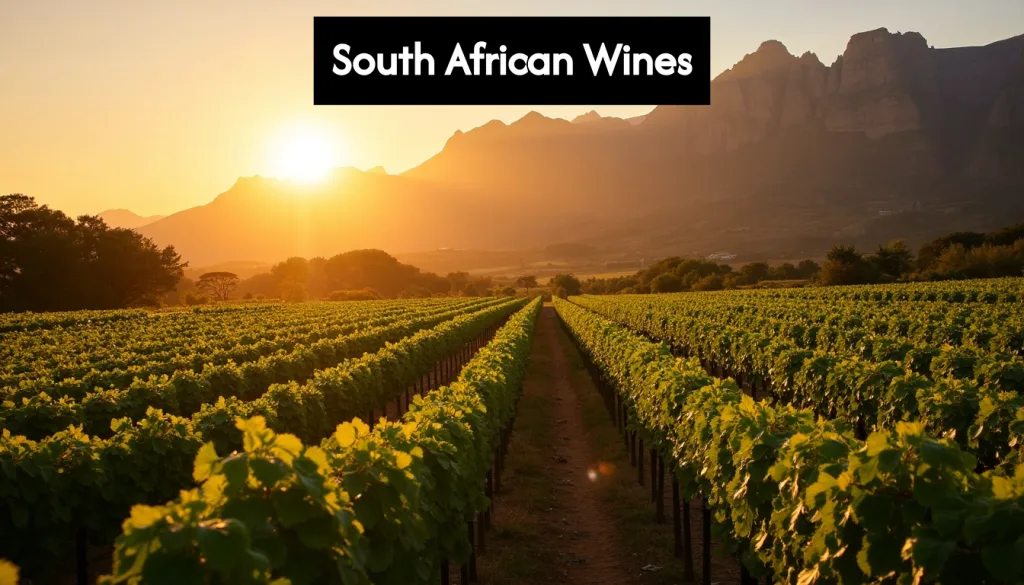
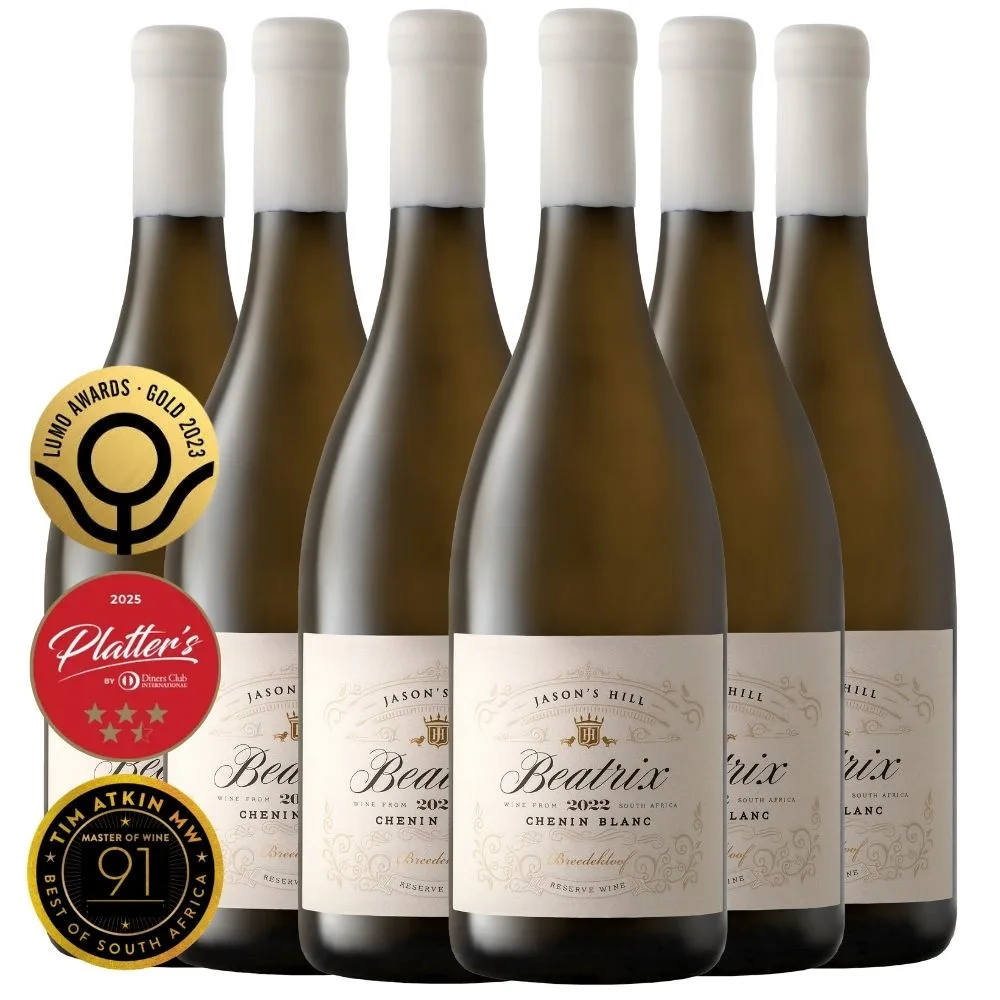
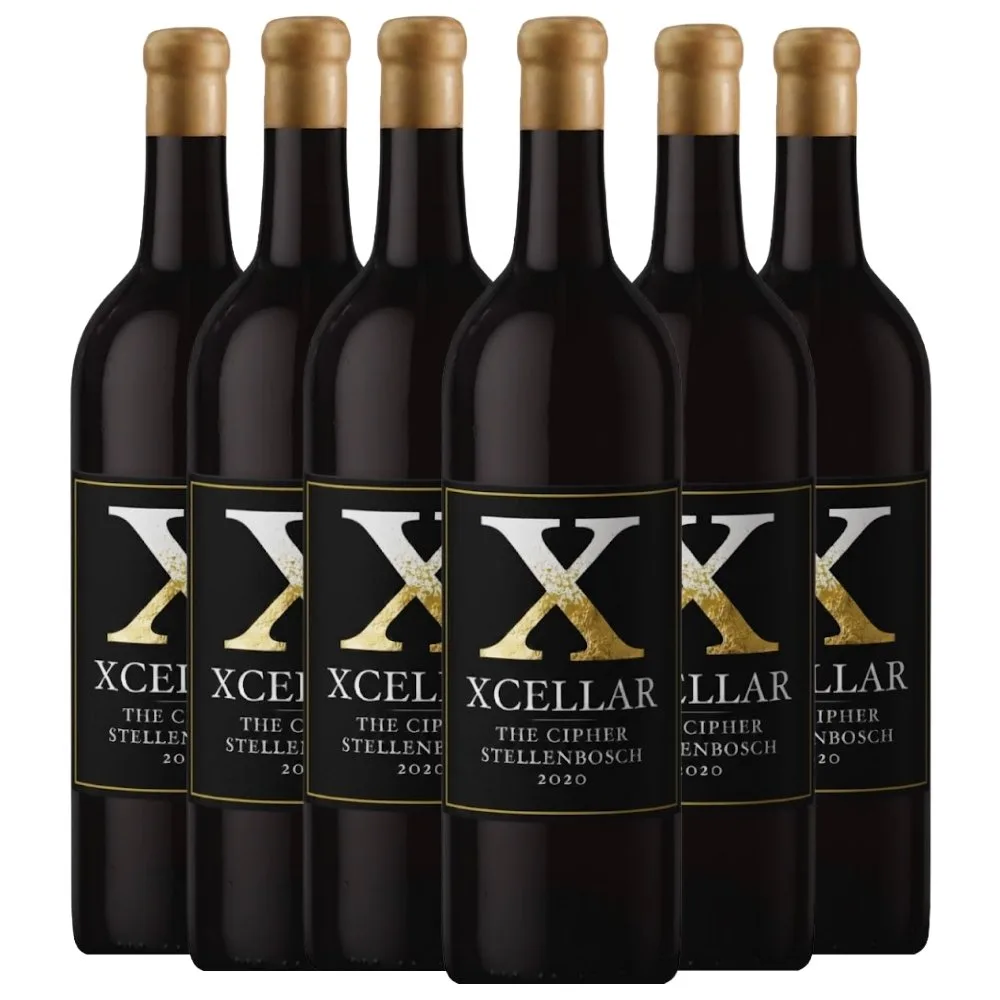

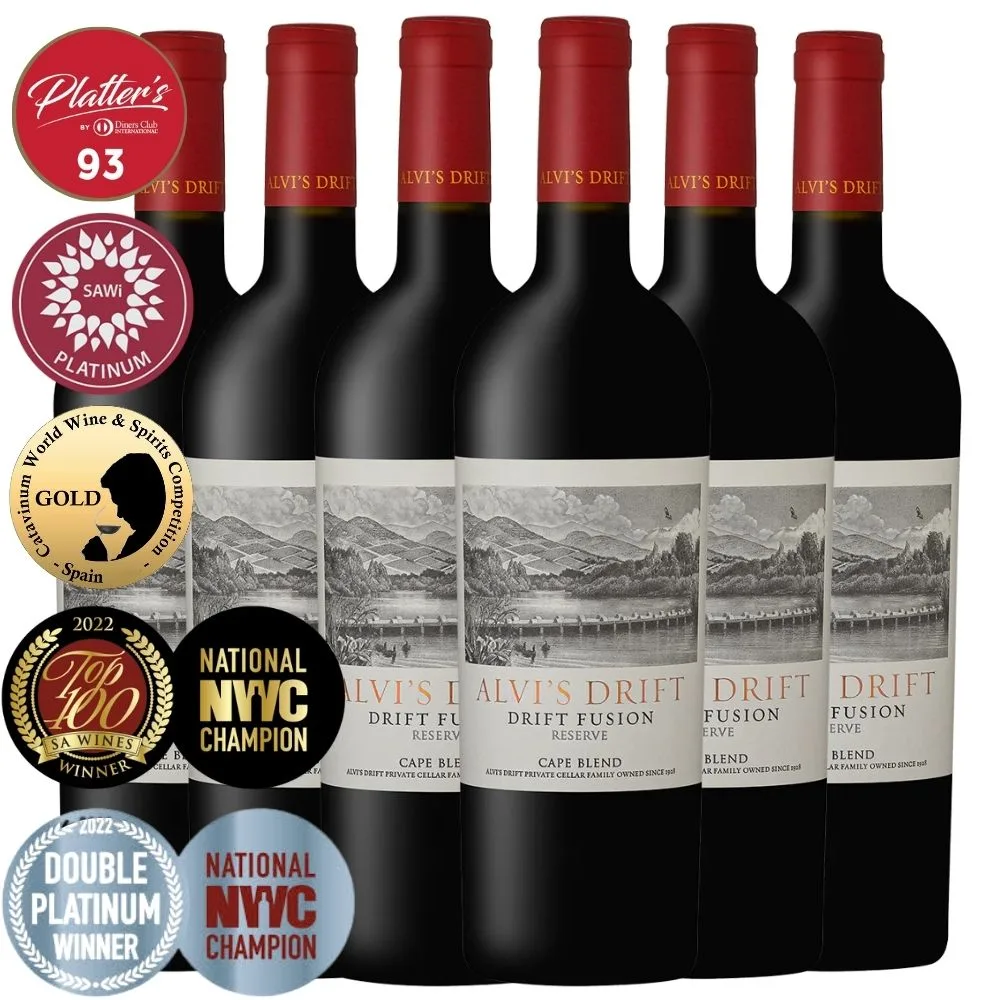
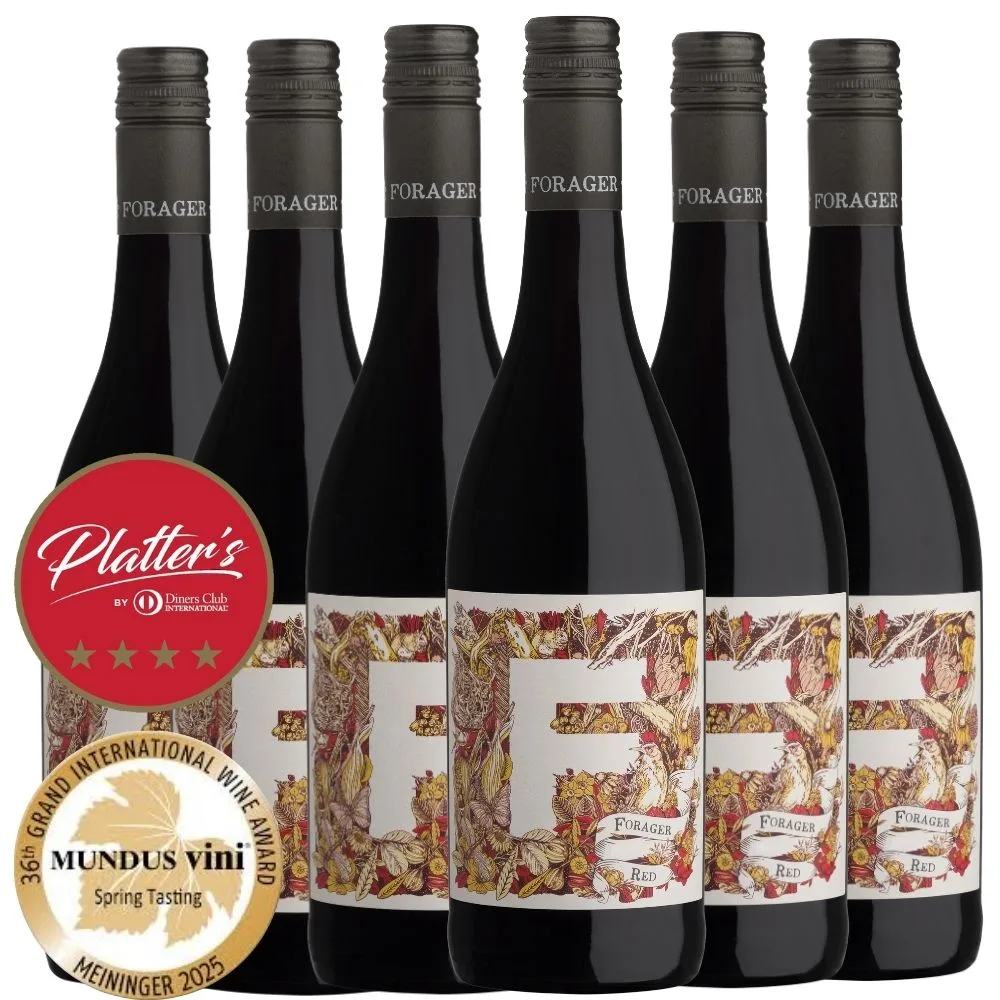


Comments are closed.